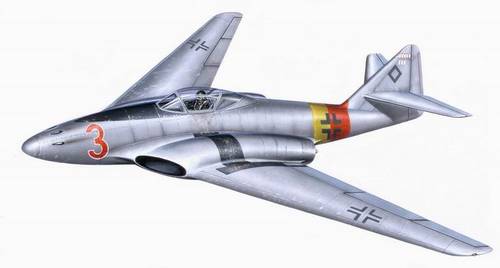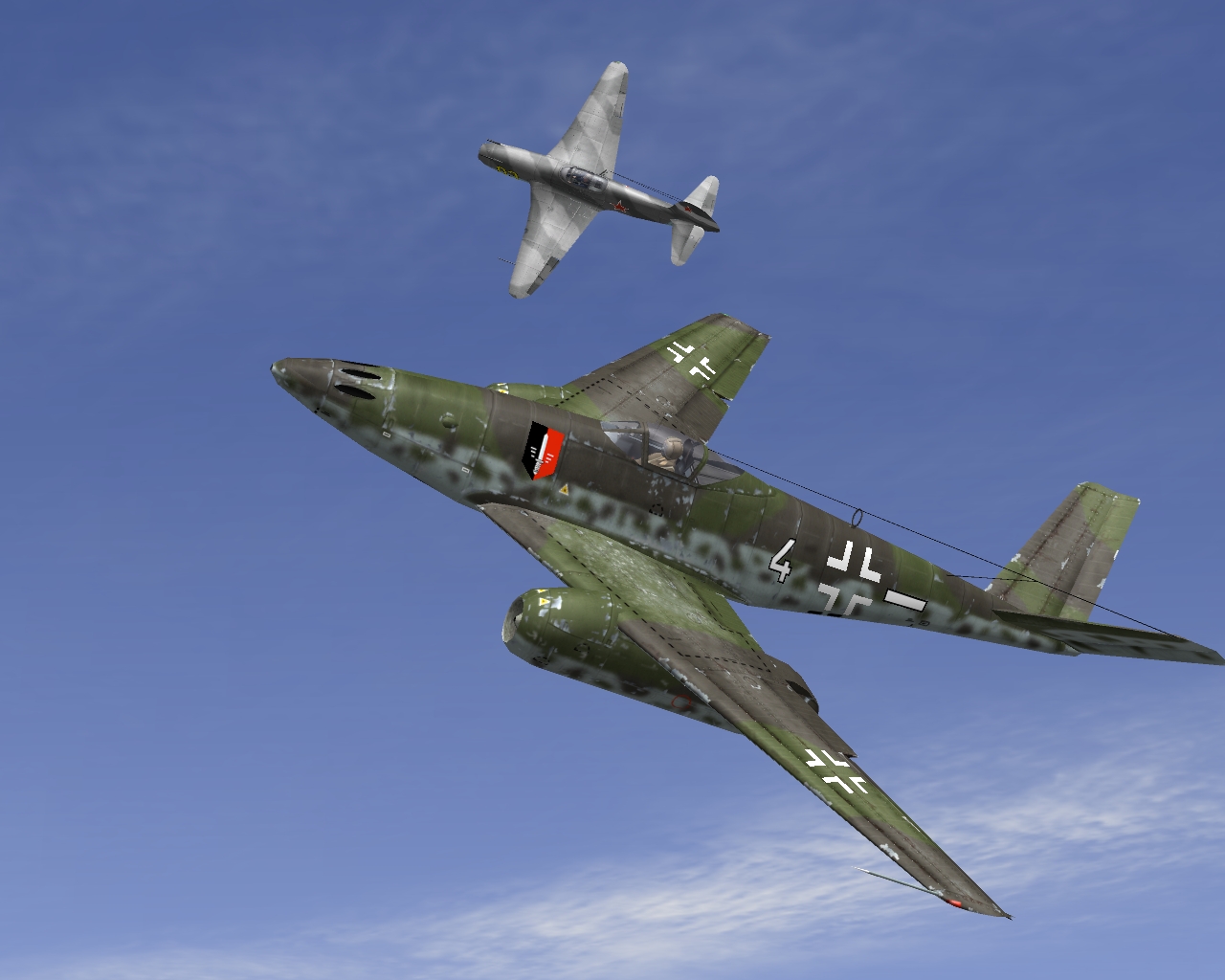Bookmark1995
Banned
Although the worst of Stalin's reign has already happened at this point.
But now his corrupt empire will be destroyed.
Although the worst of Stalin's reign has already happened at this point.
I guess that if the USSR collapses, there will be an explosion of ethnic conflict. Ukrainians vs. Poles over Lvov, Poles vs. Lithuanians over Vilnius, Armenians vs. Azeris over Nagorno Karabakh, Russians vs. Chechens...
Why do I have a feeling that the New White Coalition will be marred by disputes between those who favor a republic and those who want a constitutional monarchy under a Romanov pretender?
Speeches help (MacArthur, despite being retired, has helped sell war bonds ITTL). If I listed every major White figure that was alive in 1945, that paragraph would have been three times as long though.Also, Denikin lived until 1948 IOTL, so maybe he could be a major figure in the New White Coalition, even if his role is mainly to give speeches and help rally White emigres due to his advanced age?
The Doom Turtle is pretty much a turretless Maus, too slow to do much (and Patton doesn't like slow). And it doesn't matter how much armour you have - charging into a swarm of 128s and 152s is going to be a bad idea. Better to smash the Molotov Line with tallboys and grand slams, then go in with the tanks to clear up what's left.Well, the Allies have the doom turtle (T95) and Tortoise for a mobile bunker buster. Since they were planned to be used on the Siegfried line.
That's how the convention works, T for prototypes and M for production designs (so the Sherman at one point was the T4).M29 is T29/T34?
Not sure I really want to comment on thatLol, wait are you calling me and BiteNibbleChomp pornographers?
I've been thinking about that, but really only 5 people have any say in the matter. Truman, Churchill, Daladier, Mussolini and Saito.I guess that if the USSR collapses, there will be an explosion of ethnic conflict. Ukrainians vs. Poles over Lvov, Poles vs. Lithuanians over Vilnius, Armenians vs. Azeris over Nagorno Karabakh, Russians vs. Chechens...
I guess that if the USSR collapses, there will be an explosion of ethnic conflict. Ukrainians vs. Poles over Lvov, Poles vs. Lithuanians over Vilnius, Armenians vs. Azeris over Nagorno Karabakh, Russians vs. Chechens...
Iran and the populated part of Manchuria have been liberated for quite some time now. When they were occupied, the NKVD was pretty ruthless in hunting down partisans, but sabotage and the like still occurred. Not a lot of room for special agents to be sent in though.Would the Allies start trying to send agents (OSS/MI6) through Iran, Manchuria and other places to arrange supply drops and contacts for the various ethnic groups/separatist organizations?
There has been a bit of encouragement from the Allies, but mostly they turned a blind eye. A couple of million soldiers on the front are much more important than a few internment camps.Will the Allies try to curb some of the excesses of the Fascist regimes (Spain, Italy, Portugal) in return for aid/trade?
Depends on each individual movement. A fairly moderate leftist organisation, eg. a Labour Party, is still accepted by the populace (although the wording of their slogans may have changed to make them seem less radical). Hard-core communist organisations, eg. Communist Party USA, have mostly been banned by the government and their leaders imprisoned (Earl Browder won't be coming out for a long, long time).What about the various Communist/Socialist movements in the west? Have they been arrested or did they go away from the Moscow line?
Norway and Finland are entirely occupied by the Red Army. Sweden watches while silently hoping that the Allies win and restore free trade.So what happen to Scandinavian countries I believe they both hate the Reich and godless Soviet. Now the Reich down the Soviet losing ground in Finland.
What about anti-Stalinist Communists (I'm looking at you, Trotskyists, Council Communists, and the like)?Depends on each individual movement. A fairly moderate leftist organisation, eg. a Labour Party, is still accepted by the populace (although the wording of their slogans may have changed to make them seem less radical). Hard-core communist organisations, eg. Communist Party USA, have mostly been banned by the government and their leaders imprisoned (Earl Browder won't be coming out for a long, long time).
A "communist" organisation that is giving full support to the war effort would be acceptable, although under pressure to reorient its message (and probably name too) to distance itself from Moscow's ideals.What about anti-Stalinist Communists (I'm looking at you, Trotskyists, Council Communists, and the like)?
Would the Allies start trying to send agents (OSS/MI6) through Iran, Manchuria and other places to arrange supply drops and contacts for the various ethnic groups/separatist organizations?
Will the Allies try to curb some of the excesses of the Fascist regimes (Spain, Italy, Portugal) in return for aid/trade?
What about the various Communist/Socialist movements in the west? Have they been arrested or did they go away from the Moscow line?
The front lines are in the mountains of Eastern Turkey and Northern Iran. With the Caucasus oil fields bombed to near worthlessness, there's no reason to push forward and pushing forward would be much too costly to justify.Although, how goes the war in the Caucasus?
Okay, so what is the MiG-11 based off on? An earlier version of Mig-15?
Edit: Also, the Allies should have the Meteor, P-80 and Vampire right?
Sounds like its based on the Me-262H-III and or the Me-262HG-III.Okay, so what is the MiG-11 based off on? An earlier version of Mig-15?
Edit: Also, the Allies should have the Meteor, P-80 and Vampire right?

